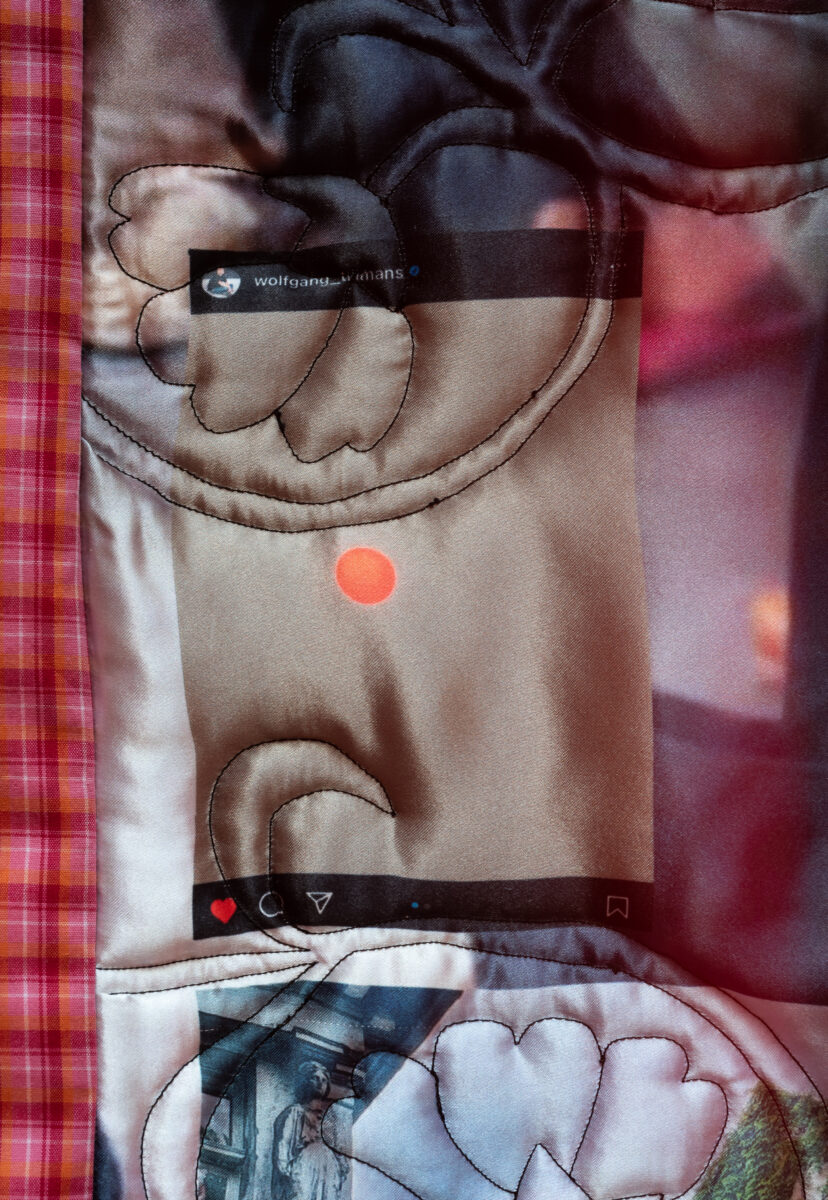










- The Fabric
- In 1935, Nylon 66 is patented by DuPont Inc., and rises to prominence as
the first commercially successful thermoplastic polymer, a pliable and
inexpensive synthetic fabric. - In the first two years of production DuPont makes thirty million dollars
from Nylon stockings and toothbrushes setting a precedent for market
capitalization of the litany of synthetic fabrics that will come to
fruition in the following two decades.- The insides of the mouth, the thighs
- At the onset of WWII, a shortage of raw materials like rubber and cotton
increases the demand for Rayon, an organic predecessor to Nylon.- Nylon quickly becomes commercially obsolete as the US military
becomes the largest purchaser.
- Nylon quickly becomes commercially obsolete as the US military
- To uniform the National Socialist party IG Farben, the German chemicals
conglomerate establishes Monovitz, a concentration camp adjacent to
Auschwitz to staff its industrial complex, Buna Werke.- At Buna Werke, the labor for the largest Rayon factory in Europe is
provided by interned Jews and other prisoners of war.
- At Buna Werke, the labor for the largest Rayon factory in Europe is
- Living on in the outfits made by the dead, the SS mobilization effort
demands more boots, gaskets, hoses, tires than natural rubber can
supply. - IG Farben works closely with DuPont Inc. to produce a material
alternative. - Through the exchange of patented American research IG Farben produces
Nitrile rubber, a synthetic produced by the same process of
polymerization as Nylon, and later, polyester. - This unprecedented technology greatly aids the mobilization of the
National Socialist Party. - In the five years after WWII, polyester replaces nylon as the most
ubiquitous synthetic fabric.- The first yard of polyester does not decompose until the year 2451.
- We know how this story ends.
- In 1935, Nylon 66 is patented by DuPont Inc., and rises to prominence as
- The Photograph
- The images gave us no rest yet failed over And over despite the
immensity Of their realism to describe the world as we really Knew it,
and worse, as it knew us1 - The difference between her and her sister could be attributed to the
fact that she came of age in the nineties, during the heyday of plaid
and heroin, while her sister came of age in the 2000s, during the heyday
of thongs and cocaine. That was when everything got a little chihuahua
and started starring in its own show. That was when we saw the whole
world’s waxed pussy getting out of a car, and said, more.2</sup >
- The images gave us no rest yet failed over And over despite the
- Other Latent Histories
- In the year 2023 I have 5,493 screenshots on my iPhone.
- Because I have been horny, scrolling, or bored.
- I’m concerned.
- When does one feel beckoned to rewatch the fireworks from
the iPad- Like an orgasm on SSRIs
- Like adding a little bows on it
- to participate in the cultural moment
- Fomo?
- What is going to happen to all my pictures of sunsets when I die.
- It’s easier to take pictures of flowers than it is to remember that seasons come in cycles.
- When does one feel beckoned to rewatch the fireworks from
- I’m concerned.
- Because I have been horny, scrolling, or bored.
- My Mother’s Archive
- The car no longer fits in the garage
- It was replaced by a series of events waiting to be arranged in
an order that serves the needs of the present.
- It was replaced by a series of events waiting to be arranged in
- The daughter’s body
- The car no longer fits in the garage
- The Linen Closet
- The top shelf
- And the bottom left corner
- Deuteronomy 22:11
- Thou shalt not wear a mingled stuff, wool and linen together.
- Burden, heirloom
- the dust under the bed
- In the year 2023 I have 5,493 screenshots on my iPhone.
rel robinson, 2023.
_____________________
1 Reines, Ariana. A Sand Book, Tin House Books, Portland, Oregon, 2020, p. 11.
2 Lockwood, Patricia. No One Is Talking About This, Riverhead Books/Penguin USA, New York, NY, 2021, p. 76.
About the Artist
rel robinson (b.1995 Los Angeles) is an artist and writer based in San Francisco. Working in and around photography, fibers, research, text, and archival methodologies her practice superimposes the personal and the political and aims to develop a language with the ephemeral. She holds a BFA from San Francisco Art Institute and has most recently exhibited at Et al. [San Francisco, California], Glogauair [Berlin, Germany], Gallery 16 [San Francisco, California] and Delaplane [San Francisco, California]. She is an independent critic, contributing writer to KQED Arts, and founder of Conventional Projects, an artist-edition publication.
My Roman Empire is her second solo exhibition and first show with staircase.